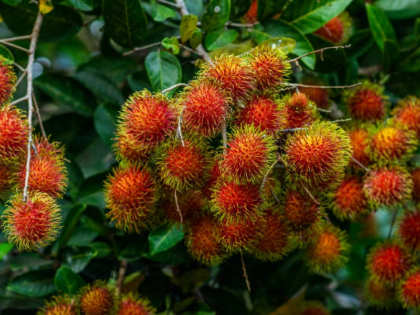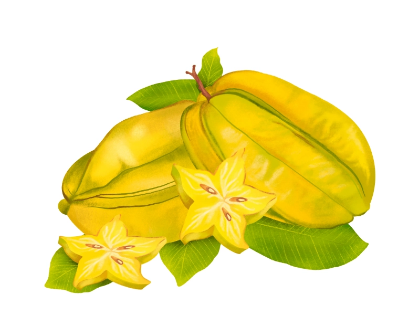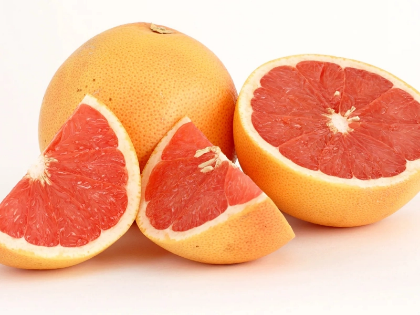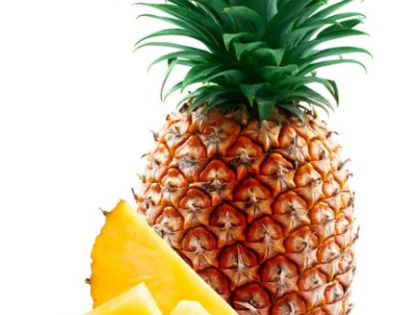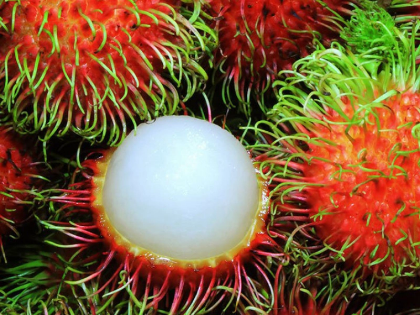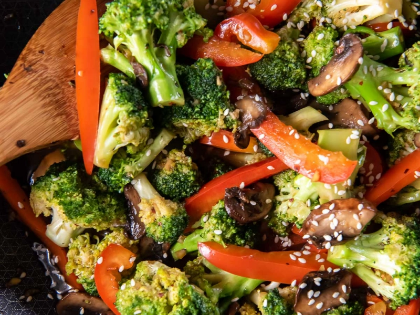Rambutan in Modern Gastronomy: Chef's Favorites
Modern cuisine has come to know rambutan thanks for its distinctive look and sweet, juicy taste. This tropical fruit's adaptability and unique allure have chefs all around embracing it. From savoury meals to reviving desserts, rambutan is being imaginatively included into many different kinds of cooking. This post investigates how chefs are using ramboutan, highlighting its possibilities and motivating home cooks to try this wonderful fruit.
Examining Rambutan's Taste Profile
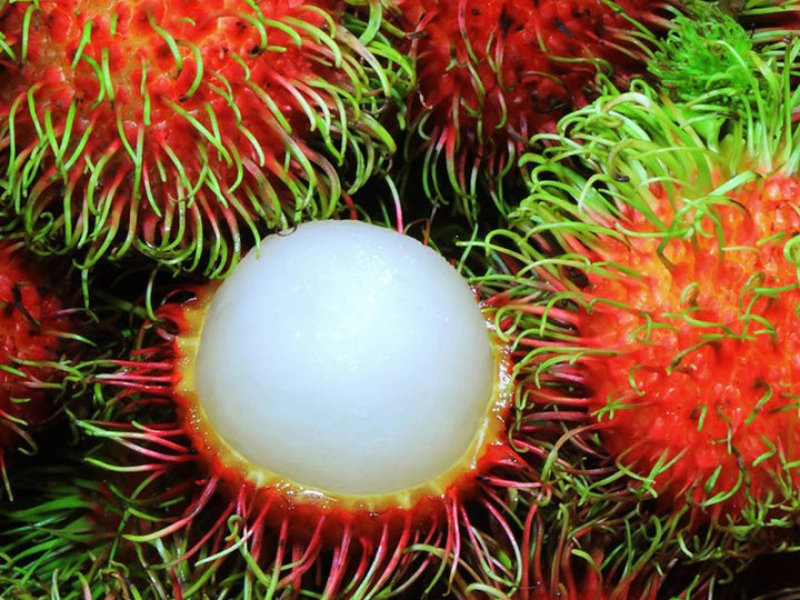
Rambautan in Salads & Appetisers
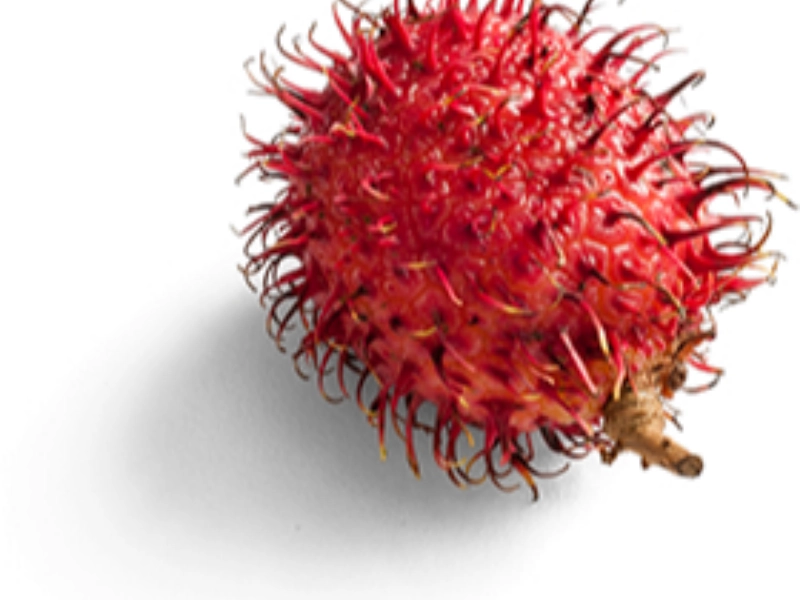 Salads and appetisers are among the most often used rambutan dishes by cooks. It's a great addition to fruit and green salads since its sweet taste balances many ingredients. Chefs sometimes combine rambutan with citrus fruits like oranges and grapefruits, for a vivid and reviving salad bursting with taste. The unusual texture of the fruit brings an interesting contrast to crisp greens and other fruits.
Rambutan can be used in savoury dishes including salads with grilled proteins, such chicken or prawns. A harmonic dish results from the fruit's sweet balancing of the savoury tastes. Rambutan is also great for Asian-inspired salads when it may be mixed with cilantro, ginger, and sesame oil. This produces a meal with layers of taste in addition to great aesthetic appeal.
Salads and appetisers are among the most often used rambutan dishes by cooks. It's a great addition to fruit and green salads since its sweet taste balances many ingredients. Chefs sometimes combine rambutan with citrus fruits like oranges and grapefruits, for a vivid and reviving salad bursting with taste. The unusual texture of the fruit brings an interesting contrast to crisp greens and other fruits.
Rambutan can be used in savoury dishes including salads with grilled proteins, such chicken or prawns. A harmonic dish results from the fruit's sweet balancing of the savoury tastes. Rambutan is also great for Asian-inspired salads when it may be mixed with cilantro, ginger, and sesame oil. This produces a meal with layers of taste in addition to great aesthetic appeal.
Rambutan Found in Main Courses
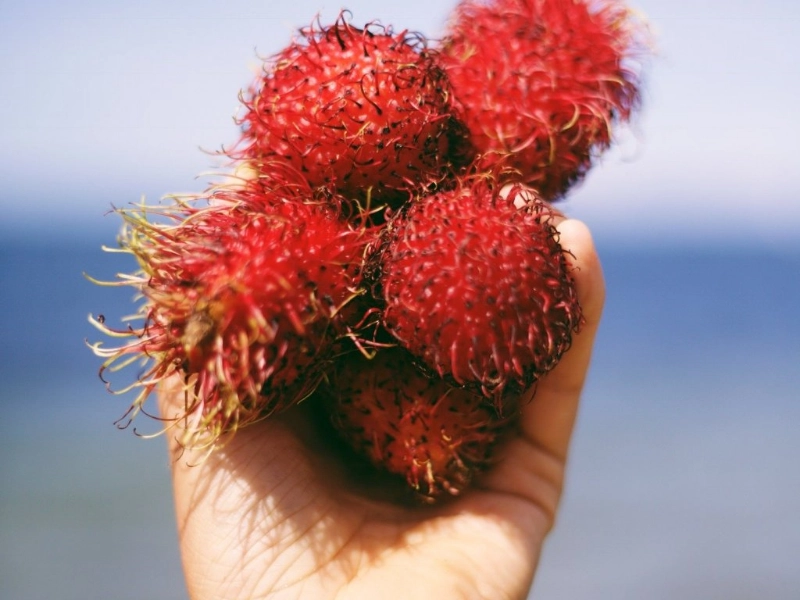 Rambutan can shine in major dishes as well as in appetisers and salads. Particularly in fusion cuisine, chefs are turning to rambutan more and more in savoury recipes. Rambutan, for example, can be added to stir-fries where its sweetness balances the umami taste of soy sauce and garlic. This surprising mix enhances classic cuisine and brings a tropical twist that shocks and pleases consumers.
Rambutan can also be included into sauces and marinades for seafood and meat. A spicy sauce made from rambutan mixed with chilli, lime, and garlic gives grilled or roasted meals complexity. Chefs value how rambutan can improve the general taste sensation, therefore producing a well-balanced and unforgettable dining experience. Chefs highlight the versatility of this tropical fruit by including it into main meals, therefore inspiring diners to investigate unusual flavour combinations.
Rambutan can shine in major dishes as well as in appetisers and salads. Particularly in fusion cuisine, chefs are turning to rambutan more and more in savoury recipes. Rambutan, for example, can be added to stir-fries where its sweetness balances the umami taste of soy sauce and garlic. This surprising mix enhances classic cuisine and brings a tropical twist that shocks and pleases consumers.
Rambutan can also be included into sauces and marinades for seafood and meat. A spicy sauce made from rambutan mixed with chilli, lime, and garlic gives grilled or roasted meals complexity. Chefs value how rambutan can improve the general taste sensation, therefore producing a well-balanced and unforgettable dining experience. Chefs highlight the versatility of this tropical fruit by including it into main meals, therefore inspiring diners to investigate unusual flavour combinations.
Desserts with Rambutan
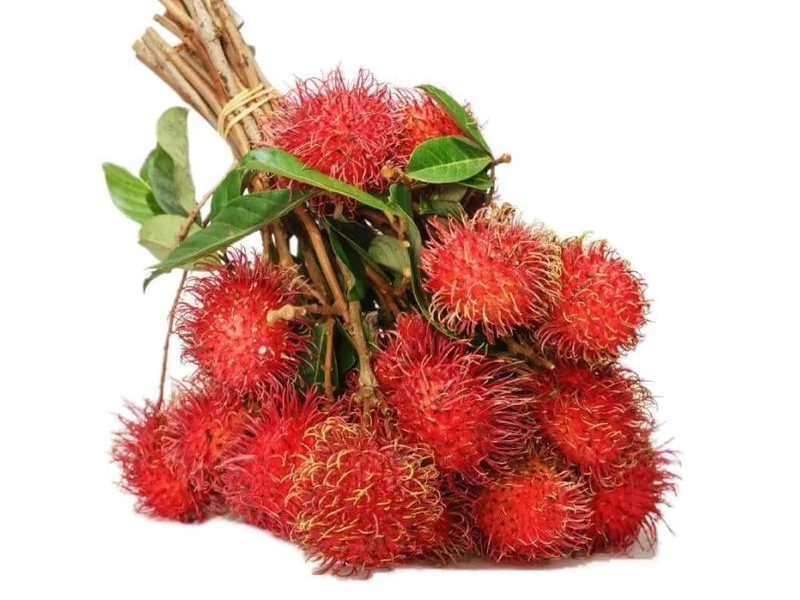 Rambutan really comes shining in desserts because of their natural sweetness and reviving properties. From sorbets and ice creams to fruit tarts and panna cotta, chefs are imaginatively incorporating ramboutan in a range of delicious uses. Frozen delights would be perfect for the fruit's vibrant taste and juicy texture, which offers a tropical getaway during scorching summer months.
The tropical fruit salad, which combines rambutan with other exotic fruits such mango, pineapple, and dragon fruit, is one well-liked treat. Along with tasting great, this vibrant medley presents a visual feast. Chefs are also experimenting with rambutan in pastries like cakes or éclairs where fillings or toppings accentuate its taste. Rambutan's adaptability in desserts lets cooks produce creative and reviving meals that stay with guests.
Rambutan really comes shining in desserts because of their natural sweetness and reviving properties. From sorbets and ice creams to fruit tarts and panna cotta, chefs are imaginatively incorporating ramboutan in a range of delicious uses. Frozen delights would be perfect for the fruit's vibrant taste and juicy texture, which offers a tropical getaway during scorching summer months.
The tropical fruit salad, which combines rambutan with other exotic fruits such mango, pineapple, and dragon fruit, is one well-liked treat. Along with tasting great, this vibrant medley presents a visual feast. Chefs are also experimenting with rambutan in pastries like cakes or éclairs where fillings or toppings accentuate its taste. Rambutan's adaptability in desserts lets cooks produce creative and reviving meals that stay with guests.
Rambutan in Liquids
Rambutan is also creating waves in the beverage business as mixologists and chefs include it into smoothies and cocktails. Popular for tropical cocktails, its sweet, juicy taste goes nicely with many alcohol. To make a cool mojito version that whisks consumers to a tropical paradise, rambutan can be blended with fresh herbs, lime juice, and rum. Apart from cocktails, rambutan is also used in smoothies and juices where it provides natural sweetness and distinctive taste characterising power. Combining rambutan with other fruits, such banana, coconut, or passion fruit, makes a wonderfully reviving beverage that is also rather filling. Rambutan's adaptability in drinks is much valued by chefs since it may transform an ordinary drink into an unforgettable one.
Rambutan's Sustainability and Source
Chefs are increasingly aware of sustainability and sourcing as ramboutan's appeal rises. Many are looking for organic and local growers to guarantee responsible and sustainable harvesting of the fruit. This emphasis on sustainability not only helps local businesses but also fits the rising consumer desire for ingredients obtained responsibly. Using rambutan, chefs are also looking at ways to cut waste. For syrups or as a decorative accent in presentations, the rind might be used, for instance. Using the whole fruit allows cooks to improve the eating experience generally and build a more sustainable kitchen. Not only does the environment gains from the dedication to sustainability and responsible sourcing, but diners who respect moral eating habits will find resonance in it.
Future of Rambutan in Gastronomy
As chefs keep discovering ramboutan's possibilities, modern cuisine seems to have bright future for this fruit. Rambutan's distinctive taste, texture, and adaptability will probably make it a mainstay in many different kinds of cuisine all around. Incorporating exotic fruits like ramboutan will motivate cooks to push limits and produce unique dishes as world cuisine develops. Rambutan's popularity is predicted to rise as more people find its delicious taste, which will drive increasing availability in markets and restaurants. This trend will inspire chefs to try rambutan in fresh and interesting ways, therefore confirming its position in contemporary cuisine. Rambutan is destined to enthral the gastronomic scene for years to come with its vivid taste and reviving properties.
